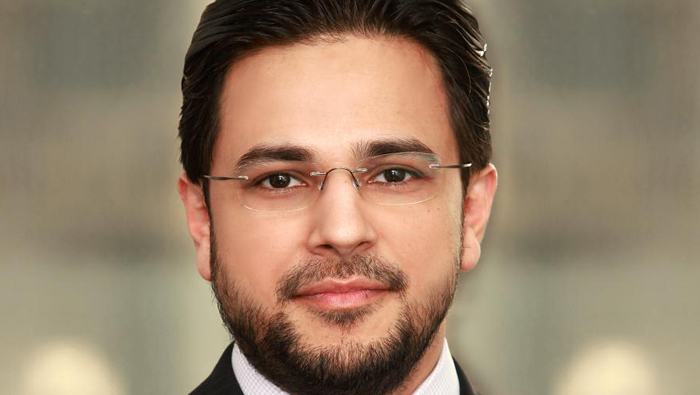
Muscat: Total assets of Islamic banking reached $924b in 2015, with growth rates declining across all regions compared to previous years, according to EY’s ‘Banking in emerging markets’ report. The Gulf cooperation Council region’s share of Islamic banking increased to 72 per cent, as the size of assets in the Association of Southeast Asian Nations (Asean) countries declined during 2015.
Saudi Arabia, the UAE and Malaysia are the three largest Islamic banking markets, in terms of assets, representing 34.2 per cent, 17.2 per cent, 13.3 per cent of the global market share, respectively.
“Today, more than two billion adults still do not have a bank account. There are also more than 200 million micro, small and medium size businesses with unmet financing needs. The demand for a responsible, Sharia-compliant financial system is huge. There is also a wealth of business opportunities offered by FinTech innovations for Islamic banks, particularly in emerging markets,” Gordon Bennie, Mena Financial Services Leader, EY, said.
In the GCC region, FinTech innovations have the ability to dramatically enhance market access and profitability of banks. A starting point for Islamic banks is to activate a bold strategy for the finance function — inclusive of advanced data analytics, robotic process automation, the cloud and artificial intelligence.
“The fact that almost one-third of the $3 trillion global Sharia-compliant assets are either reported as ‘informal or ‘best estimates’ demonstrates the limitation of Islamic banks in making sound strategic decisions. CFOs need reliable information and we are seeing a strong desire to improve data management and analytics at Islamic banks through FinTech innovations,” Ashar Nazim, Partner, Global Islamic Banking Center, EY, said.
Some of the key areas of FinTech innovations that are relevant for Islamic banks include: SME and peer-to-peer lending platforms, payment related innovations, such as person-to-person payments, digital authentication and digital wealth management.
“There has been a clear evolution for CFOs from having the primary role of analysing historical data, to one whose focus will be providing forward-looking insights. In-memory computing and big data are the clear direction forward, with predictive analytics being a key driver of these changes. Given that there is more FinTech innovation occurring outside of the banks, than inside, the opportunity is for Islamic banks to win through collaboration. The bank of the future could be a consolidation of FinTech boutiques,under a single brand,” Ashar added.
If banks were to consolidate with Fintech companies, it could propel Islamic banks to become mainstream across 20 promising markets by 2021, up from five markets today, representing a jump from 100 million customers to 250 million customers over the same period.
Digital-only bank for millennials
The millennial generation has a clear preference for conducting their financial services on an end-to-end digital platform. Using FinTech innovations, banks worldwide are stepping forward to offer digital-only banking services to meet the differentiated needs of this customer segment.
Digital-only banking could become a significant client segment for Islamic banks. There is a case for Islamic banks to evaluate collaborative ventures with FinTech firms to launch digital-only banks in their respective countries.
“The adoption of FinTech innovations is not an option, but an absolute imperative for Islamic banks to continue to gain market share. Consumer technology penetration through mobile phones, tablets, and laptop computers in the GCC region is now comparable with that of consumers in most developed countries. Based on their familiarity and use of consumer technology, their behavior patterns are modifying, with increased expectations to interact with banks using digital channels. Islamic banks cannot realistically expect to gain sustainable future growth in their market share if they lag behind their conventional counterparts in digital transformation through the use of FinTech innovations,” noted Ashar.